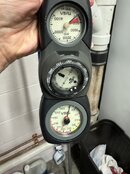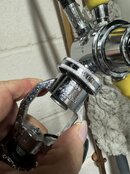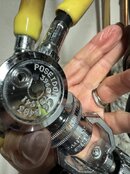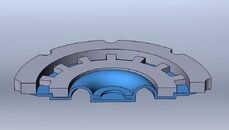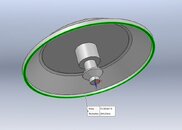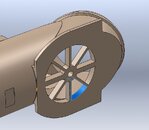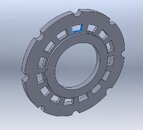I have scanned the board but have not found the definitive answer. I am a noob- so it could be inexperience. Apologies in advance.
My sister gifted me her old Poseidon regulator and the only thing I know is that they are nearly impossible to get serviced in the US - but that they are well manufactured. Can someone help me identify and advise me on whether it is worth the difficulty /expense to have it repaired? @rsingler seems to be THE guy to ask, but any advice is valued. Sounds stupid, but I would like to use them in the future in my sister’s memory. I think the manufacture date is 1996, back when she was a healthy vibrant dive master……
My sister gifted me her old Poseidon regulator and the only thing I know is that they are nearly impossible to get serviced in the US - but that they are well manufactured. Can someone help me identify and advise me on whether it is worth the difficulty /expense to have it repaired? @rsingler seems to be THE guy to ask, but any advice is valued. Sounds stupid, but I would like to use them in the future in my sister’s memory. I think the manufacture date is 1996, back when she was a healthy vibrant dive master……



